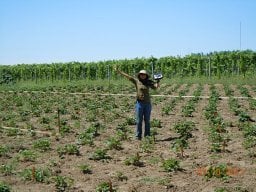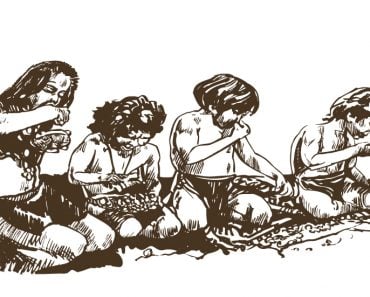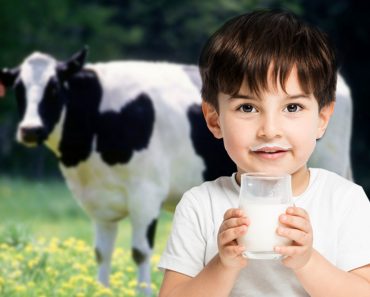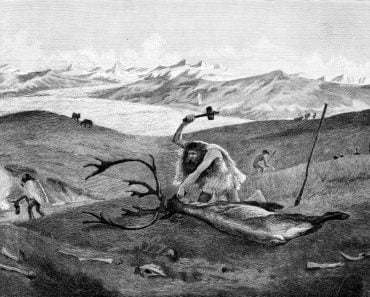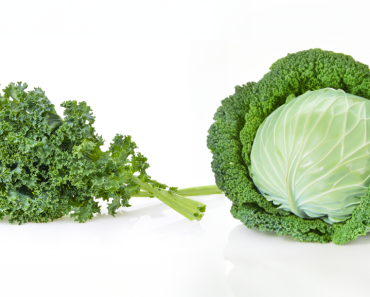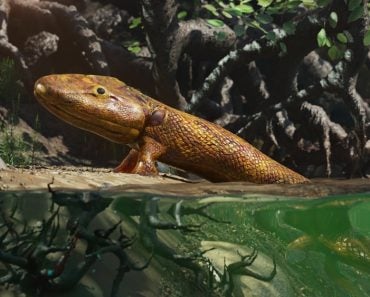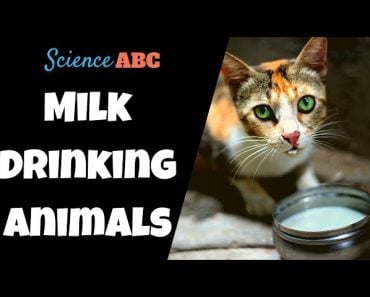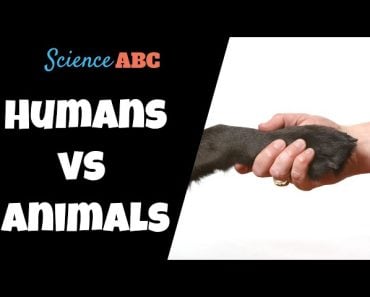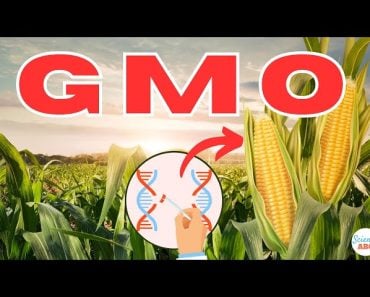Table of Contents (click to expand)
Early farmers selected plants with traits that were useful for them, such as larger grains, sweeter fruits and vegetables, fewer thorns, and cereals with large panicles. This type of selection over many generations resulted in the crops that we are familiar with today.
Humans started farming around 12,000 years ago, when they switched from being nomadic hunter-gatherers to settled agricultural communities. These communities farmed animals and grew crops on farmland in order to have a reliable supply of food. Their life became more organized and settled, food supply was adequate, and populations increased rapidly. When they produced surplus food, they saved it for when the crops failed and/or traded it for their other needs.
The crops grown by early agricultural communities were different from the crops we grow today. Over the years, those early farmers selected and adapted the crop species, which evolved to their current forms.
Early farmers selected plants with traits that were useful for them, such as larger grains, sweeter fruits and vegetables, fewer thorns, and cereals with large panicles. This type of selection over many generations resulted in the crops we are familiar with today.

Agriculture is believed to have developed independently in several areas around the world, including Mesoamerica, South America, Middle East, Sahelian Africa, China and Southeast Asia. There is evidence of cereal crops in Syria 9,000 years ago, figs in the Jordan Valley 11,300 years ago, rice in China and squash in Mexico 10,000 years ago, and potatoes in South America 5,000 years ago. Animal farming also started 10,000-13,000 years ago.
Recommended Video for you:
Natural Selection Vs Domestication
At this point, it is important to note the difference between how plants evolve under natural selection vs. human domestication.
Natural selection favors traits that help a species survive in the wild. The foci of survival in the wild are inter-specific competition and seed distribution. These are characteristics that increase the chances of seeds being dispersed far from the mother tree, so that the seeds can grow into new plants, thus maintaining continuity of the species. Examples of such traits are,
- Small fruits with many seeds that can pass through the digestive tract and grow into plants;
- Presence of prickles or thorns for seed dispersal;
- Seed shattering so that seeds can disperse far from the mother plant;
- Bitter taste to protect against predators;
- Seeds that ripen asynchronously to ensure better chances of survival in case of harsh environmental conditions.

On the other hand, human selection selects against these very same traits. Humans wanted (and still want) larger fruits, less prickles, sweeter fruits, seeds that mature at the same time, higher plant density, and uniform crops. Crops selected by humans cannot survive in nature for long without human help. We provide plants with near ideal conditions to flourish—fertilizer, water, pest control—and then harvest what is produced for our consumption. For example, if a corn cob is left in the field, a few seeds may germinate, but most likely won’t survive, as they will be growing too close to each other. The seeds also cannot separate from the cob without human help.
Over the years, domesticated plants and humans have become mutually dependent.
Domestication To Selection
Even as humans continued to select specific traits in plants, the plants were experiencing natural selection in their immediate environment.
When a particular crop was introduced to a new environment, it performed poorly. However, over the course of generations, mutations arose that adapted the plant to the new environment. Such locally adapted varieties came to be known as landraces. They are adapted to specific geographies, environments and local disease pressures.
Landraces are open pollinated, meaning that in every generation, the male parent can be any of the neighboring flowering plants with slightly different genetics. Thus, in every generation, the genes get the chance to mix up and evolve into new types. The landraces we have today are quite different from the landraces that grew 100 or 500 years ago.
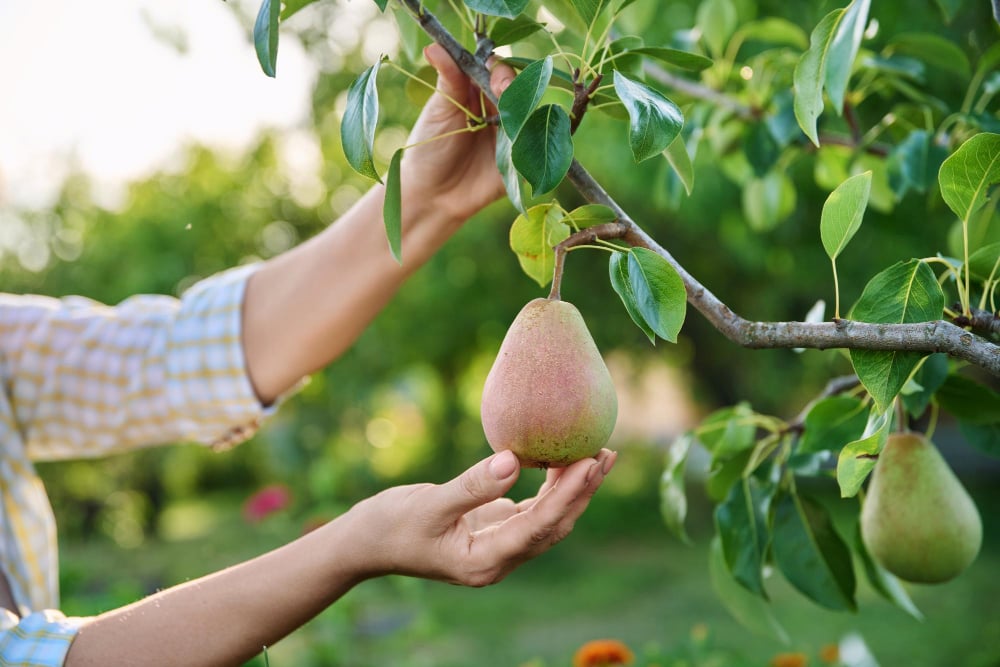
Diversification And Improvement
Over time, numerous locally adapted races developed, often with specific uses. Examples of such uses are aromatic and glutinous rice, photoperiod-sensitive wheat, and different types of corn (pop corn, sweet corn, etc.).
Example Of Corn
Let’s take the example of corn. The origin of corn cultivation can be traced to the Balsa River basin in Mexico. Domestication happened between 5,600 and 13,000 years ago.
The ancestor of modern-day corn is teosinte. Teosinte is a weed-like plant with 2-3-inch cobs with 5-12 kernels. In contrast, modern-day corn has 12-inch cobs with more than 500 kernels. Teosinte kernels are also covered with a hard shell so they can pass through the digestive tracts of the animals that eat then and get excreted out (for seed dispersal). These kernels can then grow into new plants, thus ensuring survival of the species. However, the hard shell is difficult for humans to eat. Specific gene mutations that led to reduced branching (Teosinte branched 1 gene) and the absence of a seed coat (Teosinte glume architecture 1 gene) can be traced back to domestication.

Thus, we see a few major changes during teosinte domestication: larger cobs, more kernels, and a much thinner cover around kernels. This was achieved by Native American populations living in Mexico. Teosinte transformed into what looks like modern-day corn around 4,500 years ago.
Once corn was domesticated, early humans started taking it to areas beyond Mexico. Early corn was adapted to growing in tropical climates, so when it was taken to higher latitudes, it did not flower. Early farmers selected the few plants that flowered in higher latitudes, so now we have corn varieties adapted to higher latitudes.
Subsequently, corn with different seed qualities were selected, giving rise to sweet corn, waxy corn, and popcorn.
Varieties with higher yield were also selected. In the US, the average yield of grain corn was 1.8 T/ha in 1930 and 8 T/ha by 1995.
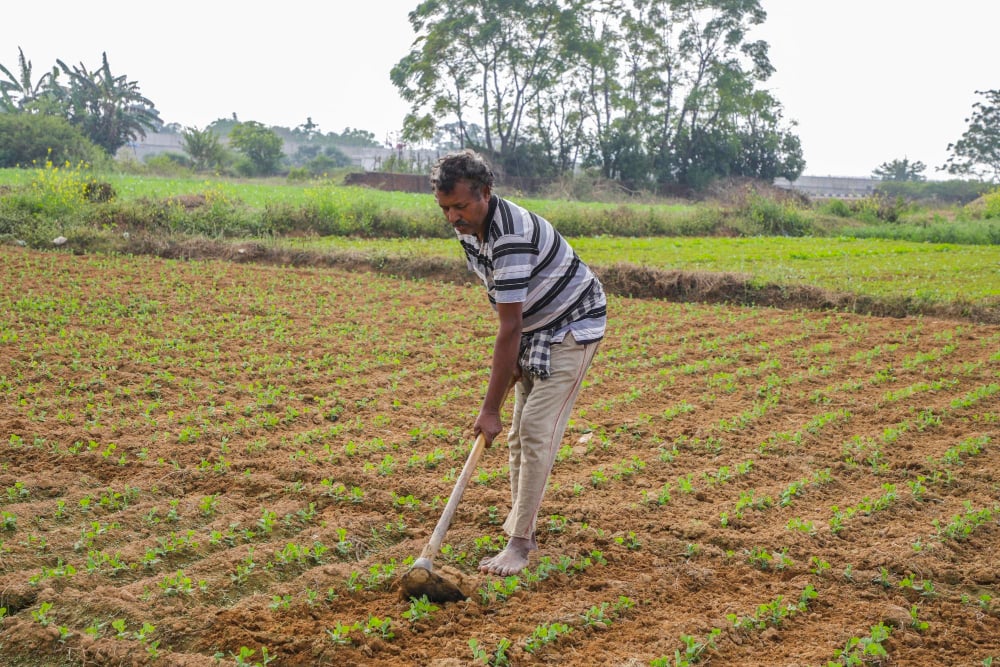
Conclusion
Domestication and human-driven selection has led to the evolution of diverse crop species. Agriculture is focused on agronomically valuable traits that may or may not make the plant fit for survival in the wild. Nowadays, many farmers source their seeds from seed companies, so further selection and evolution of the crops are driven by the plant breeders in these companies. However, farmers in low- and middle-income countries continue to grow landraces and save seeds for the next crop cycle. These landraces continue to evolve as a result of farmers’ selection pressures for the best possible crop.
References (click to expand)
- Thrall, P. H., Bever, J. D., & Burdon, J. J. (2010, August 27). Evolutionary change in agriculture: the past, present and future. Evolutionary Applications. Wiley.
- Van Tassel, D. L., DeHaan, L. R., & Cox, T. S. (2010, August 27). Missing domesticated plant forms: can artificial selection fill the gap?. Evolutionary Applications. Wiley.
- The Development of Agriculture.
- The Origins of Crop Plants – History and Science of Cultivated ....
- Vigouroux, Y., Barnaud, A., Scarcelli, N., & Thuillet, A.-C. (2011, May). Biodiversity, evolution and adaptation of cultivated crops. Comptes Rendus Biologies. Elsevier BV.
- Evolution of crop species: genetics of domestication and ....
- Scientists Trace Corn Ancestry from Ancient Grass to ....

